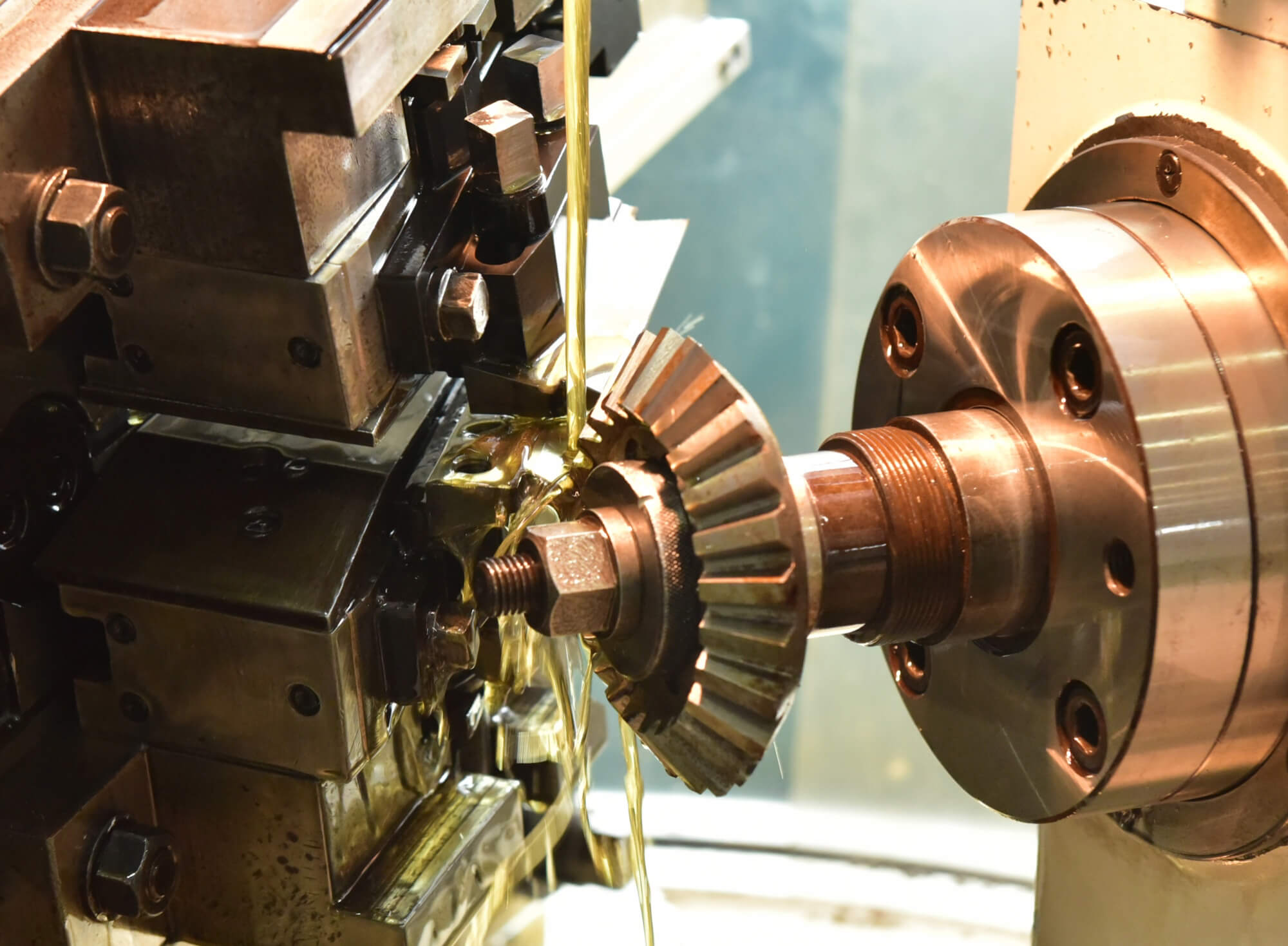CNC machining, particularly on lathes, can be a complex process, but understanding and utilizing constant surface speed (CSS) techniques can simplify and enhance the efficiency of your operations. The key is knowing how to calculate and apply the appropriate spindle speed based on the changing diameter of the workpiece during machining.
The Basics of Constant Surface Speed (CSS)
Unlike milling, where the tool diameter remains constant, turning operations on a lathe involve a continuously changing workpiece diameter. This variation means that programming the spindle speed in revolutions per minute (r/min) isn’t always practical. Instead, CSS is used to maintain a consistent cutting speed at the tool edge, ensuring better tool life and surface finish.
How CSS Works
To use CSS, you first select an appropriate surface speed for the material being machined. This value, typically in feet per minute (ft/min) or meters per minute (m/min), is then input into the CNC program. The CNC controller adjusts the spindle speed automatically as the tool moves along the workpiece, maintaining a constant surface speed regardless of diameter changes.
Here’s a simple example to illustrate:
- Setting the Surface Speed: Suppose you’re turning a steel workpiece, and you select a surface speed of 400 ft/min.
- Programming the CNC: In the CNC program, you would use the G96 code to set CSS mode and specify the surface speed:
G96 S400 M03This tells the CNC machine to maintain a surface speed of 400 ft/min with clockwise spindle rotation (M03).
Practical Application of CSS
Consider a facing operation where the tool moves from the edge of the workpiece to the center. As the diameter decreases, the spindle speed needs to increase to maintain the same cutting speed. Here’s an example program segment:
N1 G20
N2 G96 S400 M03
N3 G00 X6.2 Z0.1 T0101 M08
N4 G01 X0 F0.012
N5 G00 X10 Z10In this program:
- N1 sets the units to inches.
- N2 activates CSS with a surface speed of 400 ft/min and sets the spindle rotation to clockwise.
- N3 moves the tool to the starting position with coolant on.
- N4 performs the facing cut, and as the tool approaches the center, the spindle speed increases.
- N5 moves the tool away after the cut.
Why CSS is Beneficial
Using CSS has several advantages:
- Tool Life: Consistent cutting speed reduces wear on the tool, extending its life.
- Surface Finish: Maintaining a constant surface speed ensures a better finish on the machined part.
- Efficiency: CSS saves programming time and reduces the need for manual speed adjustments during operations.
Example Data Table
Here’s a summary of commands used in CSS programming:
| Command | Function | Example |
|---|---|---|
| G96 | Activate CSS mode | G96 S400 M03 |
| G97 | Deactivate CSS mode (use r/min) | G97 S600 M03 |
| S | Set spindle speed or surface speed | S400 |
| M03 | Spindle rotation clockwise | M03 |
| M04 | Spindle rotation counterclockwise | M04 |
Advanced CSS Techniques
In some cases, you might need to set a maximum spindle speed to avoid excessive speeds that could damage the workpiece or the machine. This is done using the G50 command. Here’s an example:
N1 G20
N2 G50 S1500
N3 G96 S400 M03
N4 G00 X6.2 Z0.1 T0101 M08
N5 G01 X0 F0.012
N6 G00 X10 Z10In this program:
- N2 sets the maximum spindle speed to 1500 r/min.
- N3 then activates CSS with a surface speed of 400 ft/min.
Optimizing CNC machining parts using constant surface speed techniques ensures precision, efficiency, and extended tool life. By understanding and applying CSS, you can significantly improve your CNC operations, producing high-quality parts with ease.
Other Articles You Might Enjoy
- Surface Refinement: Leveraging Bead Blasting for CNC Machining
In the realm of CNC machining, surface quality plays a pivotal role in determining the overall performance and aesthetics of the final product. Leveraging bead blasting as a surface refinement…
- Innovative CNC Machining for Advanced Wearable Technology
Innovative CNC Machining for Advanced Wearable Technology The advent of Computer Numerical Control (CNC) machining and wearable technology has transformed various industries, including healthcare, fitness, fashion, and defense. CNC machining…
- Maximizing Precision in CNC Machining: Techniques and Tips
Importance of Precision in CNC Machining Precision is an fundamental component in the field of Computer Numerical Control (CNC) machining. It entails producing parts that are not only accurate but…
- Precision CNC Machining of Steel: High-Volume Production
Precision CNC Machining and High-Volume Production As an integral part of modern manufacturing processes, Precision Computer Numerical Control (CNC) machining brings about unmatched accuracy and consistency in the production of…
- Exploring 5 Key Techniques in CNC Machining: Detailed Methods for Surface Treatment
In the exciting world of CNC machining, knowing the various methods for processing part surfaces is essential. Each technique has its unique perks and is perfect for different scenarios. Let's…
- CNC Machining Parts: The Art of Spindle Speed and Direction Control
CNC machining is a fascinating world where precision meets creativity. At the heart of this intricate dance is the spindle, a critical component that dictates the success of machining parts.…






